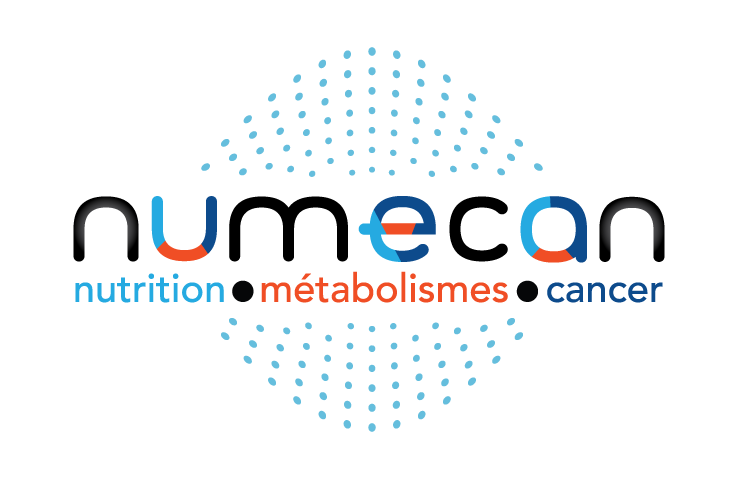Transient Elastography Accurately Screens for Compensated Advanced Chronic Liver Disease in Patients with Ongoing or Recent Alcohol Withdrawal
Abstract
BACKGROUND AND AIMS: Liver stiffness measurement by transient elastography (TE) is a promising method for staging fibrosis in alcohol-related liver disease, but uncertainties remain regarding the influence of alcohol consumption and thus the ideal timing for TE performance. We evaluated the performance of TE compared with liver biopsy to exclude compensated advanced chronic liver disease (cACLD) in patients hospitalized for alcohol detoxification. METHODS: Patients were prospectively recruited at six in-patient addiction centers in France. Eligible patients exhibited increased aspartate-amino-transferases, and no history or signs of overt cirrhosis. TE, histology, and biochemistry measurements were obtained within a median of 6 days after alcohol withdrawal. TE and biochemistry were repeated one and two months later. RESULTS: The study included 259 patients for per-protocol analysis, of whom 45 (17.4%) had cACLD. TE identified patients with high accuracy at inclusion, 1-, and 2-month follow up, with area under curve values of 0.96 [95% confidence interval, CI, 0.94-0.99], 0.96 [95% CI, 0.92-0.99], and 0.93 [95% CI, 0.85-1.00], respectively. In 84% of patients, cACLD was ruled out when liver stiffness was <10 kPa (negative predictive value, 99% [98-100%]) or ruled in when >25 kPa (positive predictive value, 93% [83-102%]). Algorithms based on transaminases and/or bilirubin did not add to diagnostic performance of TE in this period. Among patients with initial liver stiffness of 10-25 kPa, over half of those with no cACLD exhibited liver stiffness of <10 at 1- and 2 month follow-up testing. CONCLUSIONS: Transient elastography performed during the first two months following alcohol cessation is an excellent method for excluding alcohol-related cACLD.
Fichier principal
 Legros-2021-Transient Elastography Accurately Screens.pdf (1.28 Mo)
Télécharger le fichier
Legros-2021-Transient Elastography Accurately Screens.pdf (1.28 Mo)
Télécharger le fichier
Origin : Publication funded by an institution





